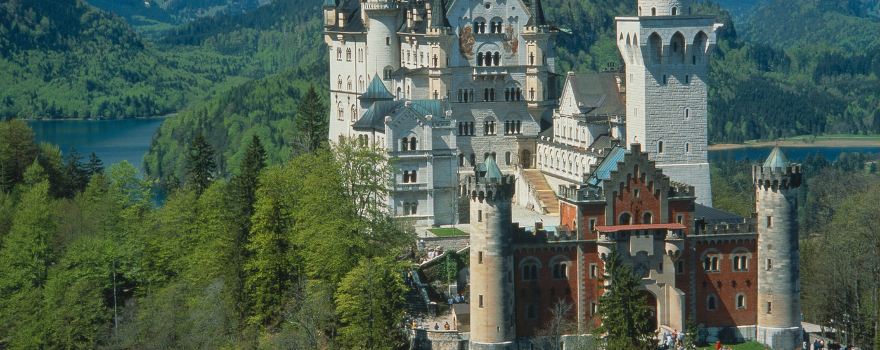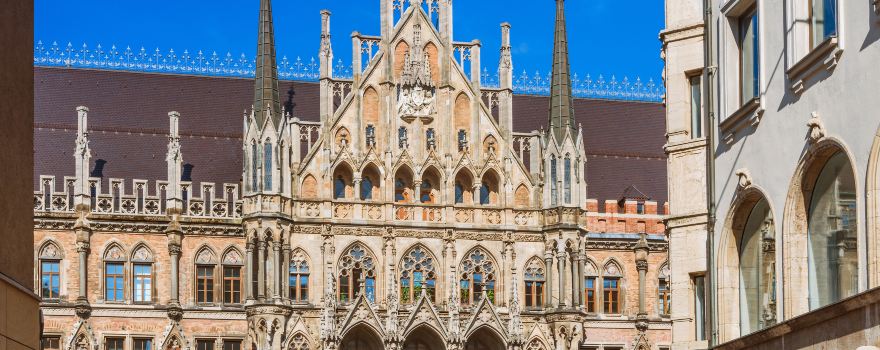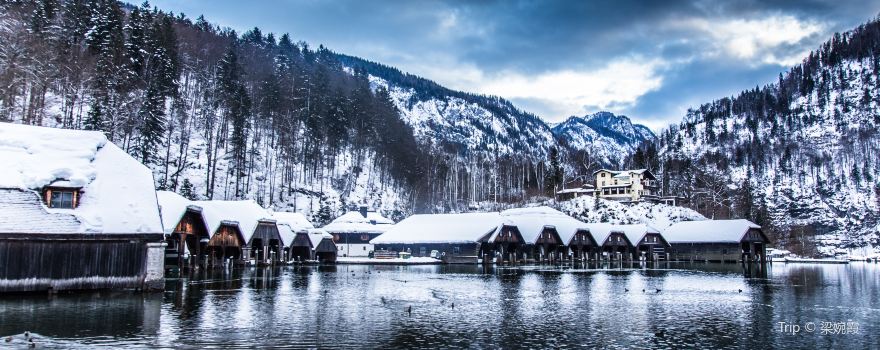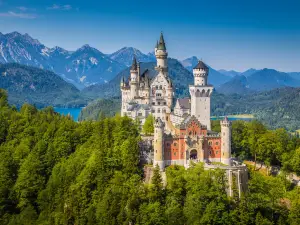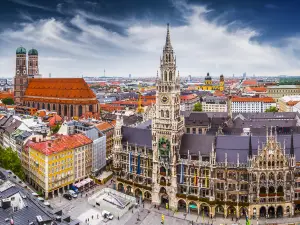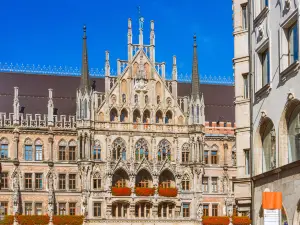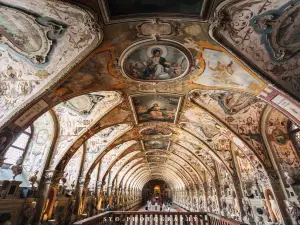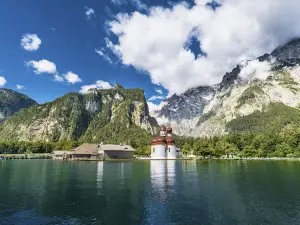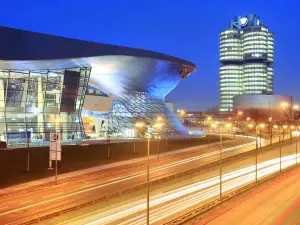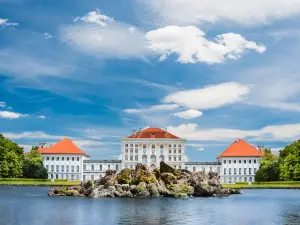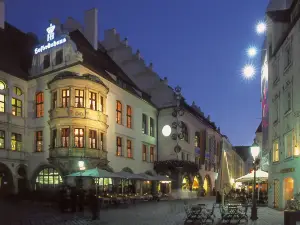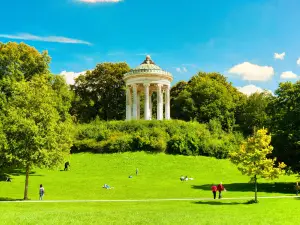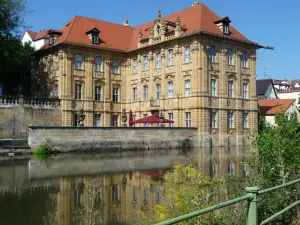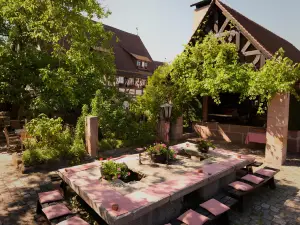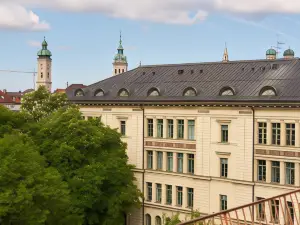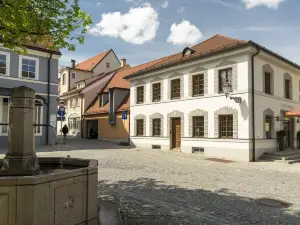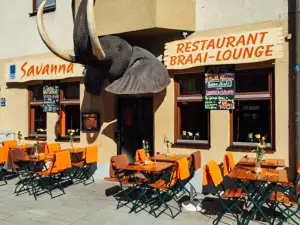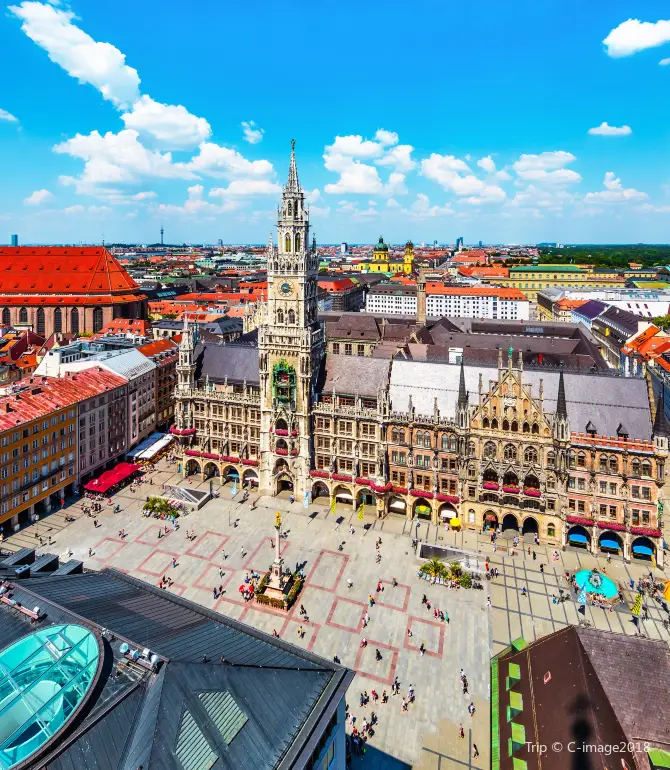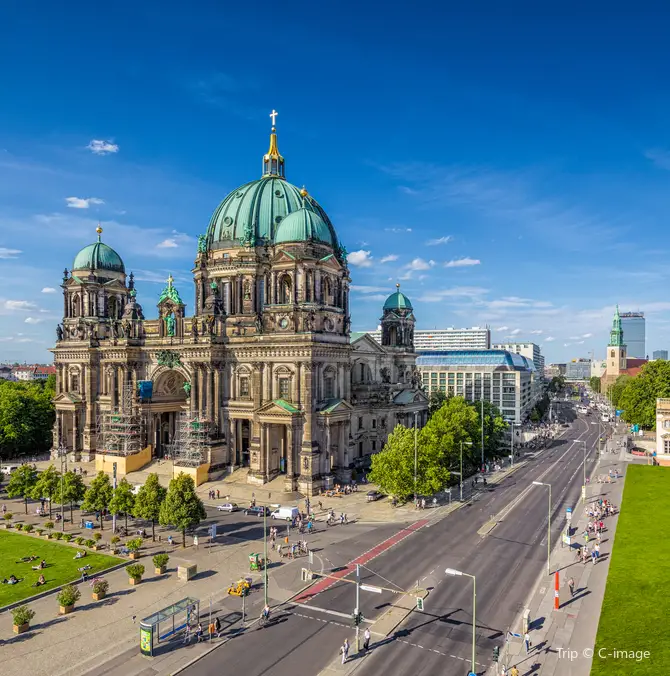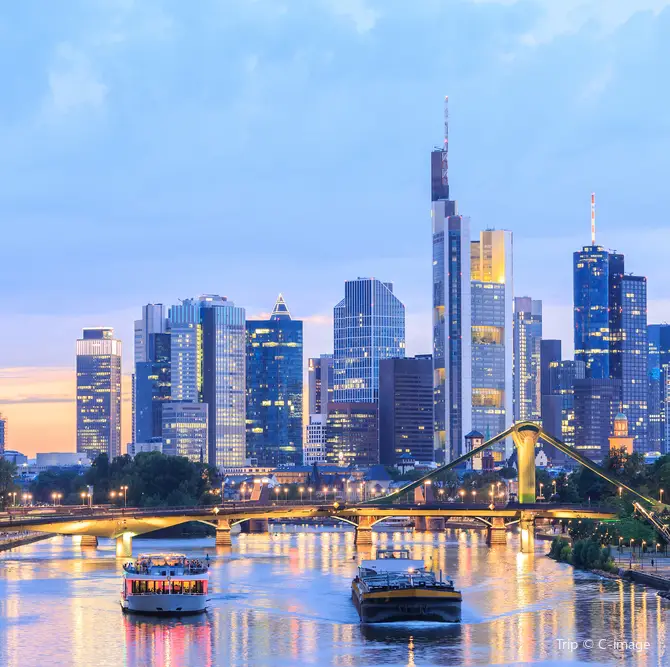See 65 photo
Bavaria
View Local Experiences on Map
Trip.Best: Bavaria
View More
Bavaria Travel Guide
Bavaria is a state/province in Germany. Home to cities such as Munich, Nuremberg, and Memmingen, there's no shortage of things to do and see here.
Show Less
Bavaria Travel Guide
Destination Overview
Destination Introduction
Bavaria is a state/province in Germany. Home to cities such as Munich, Nuremberg, and Memmingen, there's no shortage of things to do and see here.
Show Less
Popular Destinations
More Popular Destinations
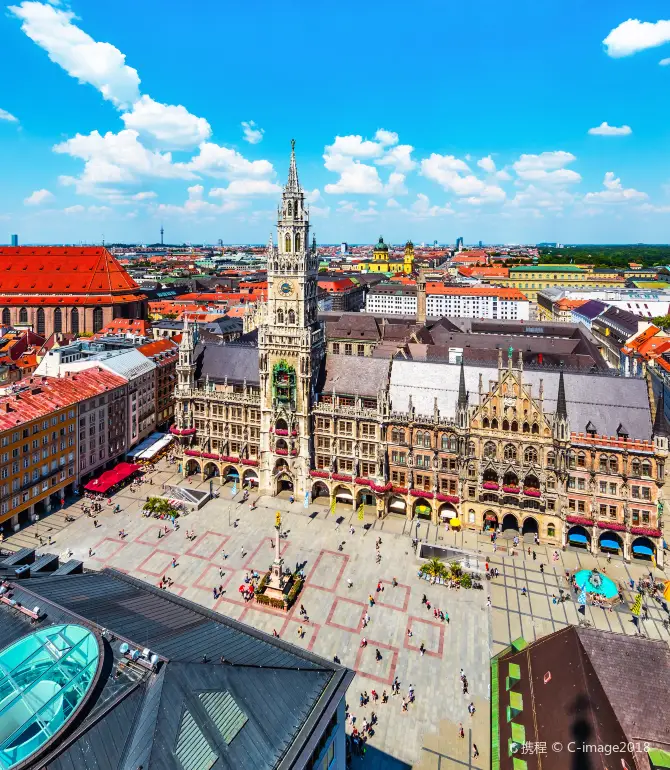
Munich

Nuremberg
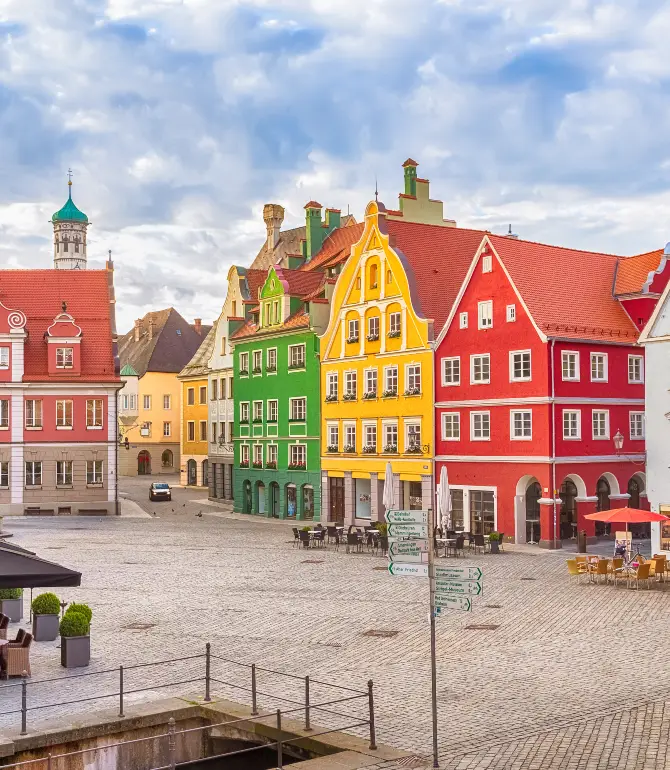
Memmingen
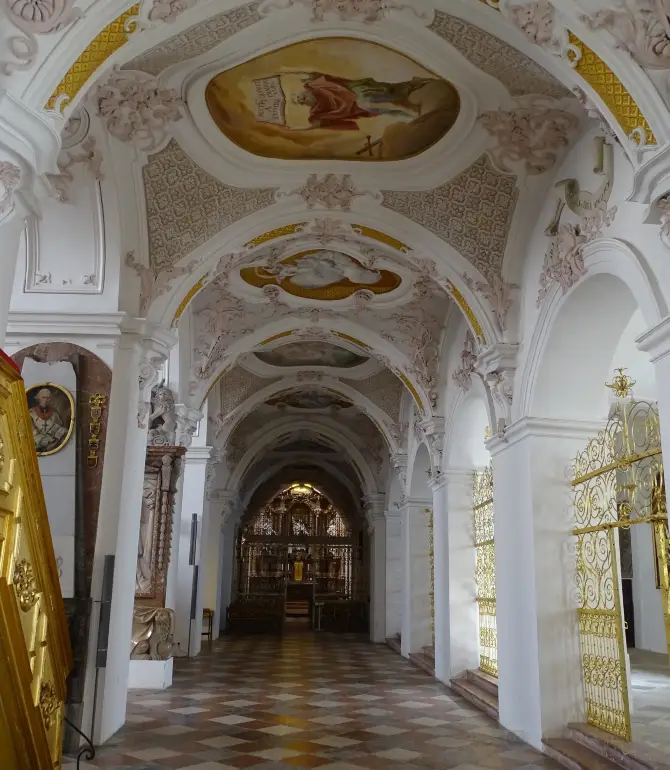
Freising
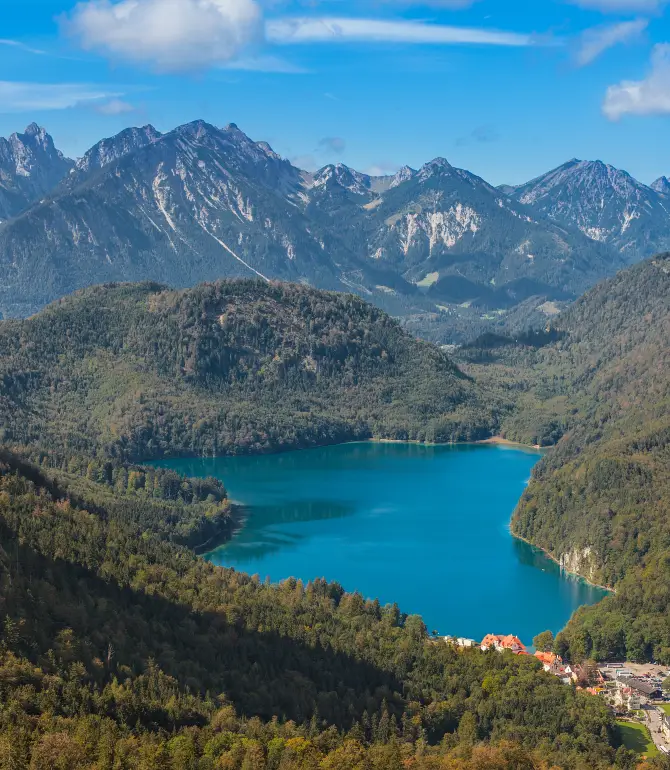
Fussen
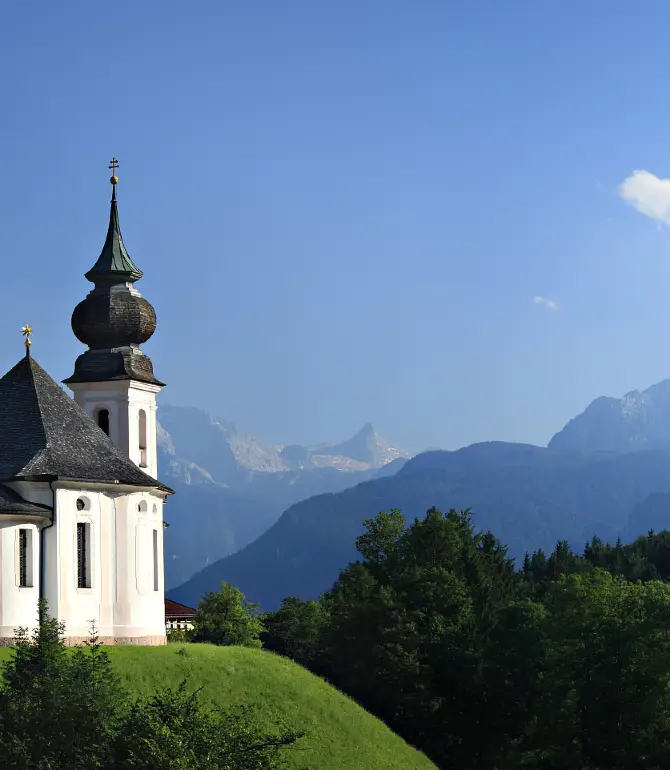
Berchtesgaden

Garmisch-Partenkirchen
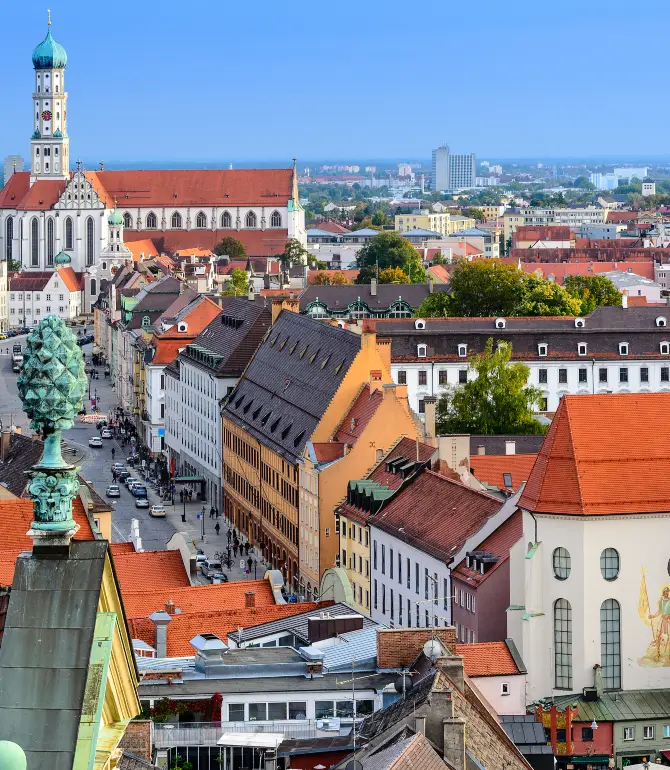
Augsburg
Experience Bavaria
What to Do
Looking for things to do in Bavaria? We provide up-to-date info on everything from must-see scenic spots to local hangouts.
View More
Where to Stay
Discover the most popular places to stay in Bavaria, complete with recommendations from fellow travelers and special hotel offers
View More
What to Eat
Want to eat like a local? Don't miss out on these top Bavaria dishes and foodie spots.
View More
Discover the Real Bavaria With a Local Expert
Post
#Recommended
#munich
#germanytravel
#germany
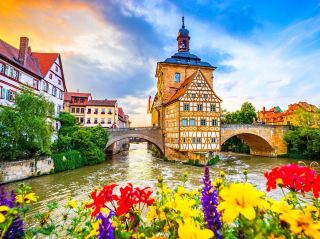
Bamberg Day Tour: The Most Beautiful Beer Town
TechCrafter
19

Munich Germany 🇩🇪
Anky in Europe
21

helloautumn
Starnberg Lake in Munich
Marc GaldonFerrer
7

Munich - Cool Local Market 🇩🇪
Isa in 中国
9

timetotravel
🇩🇪Must Visit In Munich : BMW Museum🏍
Roadman
35

timetotravel
🇩🇪 Landmark of Munich : New Town Hall 🏰
Roadman
33

citywalk
Oktoberfest, sightseeing In City Of Munich
Bret Huat
9

Weekend trip 🌿☀️ FOREST in the Munich
happytour_Bianca
4
View More
Popular Types of Attractions in Bavaria
Popular Spots | Parks | City Parks | Zoos | Water Parks | Outdoor Sports | Hiking | Hiking/Biking | Golf Courses | Exhibition Centers | Museums | Art Museums | Exhibition Halls | Religious Sites | Churches and Cathedrals | Other Places of Worship | Mosques | Architecture & Landmarks | Gardens | Observation Decks | Monuments | Historic Sites | Historical Sites | Castles | Cemeteries | Nature | National Parks | Lakes | Attractions | Fitness
Popular Attractions in Bavaria
Marienplatz | New Town Hall | Munich Residenz | Imperial Castle of Nuremberg | Schoener Brunnen | Toy Museum | Neuschwanstein Castle | Hohenschwangau Castle | Stadtpark Neue Welt | Marienplatz | New Town Hall | Munich Residenz | Neuschwanstein Castle | Altstadt von Fuessen | Hohenschwangau Castle | Hallstatt | The Eagle's Nest | Fortress Hohensalzburg | Neuschwanstein Castle | Zugspitze | Partnach Gorge | Marienplatz | Augsburg | New Town Hall | The Residenz | Old Main Bridge | Marienberg Fortress | Imperial Castle of Nuremberg | Fuerthermare | Rothenburg ob der Tauber
Popular Restaurants in Bavaria
Bibulus | Il Mulino | Munchner Stubn | Nam Giao 31 | Gandl | EssZimmer | Johanns | Galleria | CALLA | Savanna | GOA | Louis II | Mariannenhof | Conti Restaurant | Natraj | Bucci Bar | VITO'S GUSTORIA | Wirtshaus Rechthalerhof | Restaurant Hotel Erb | Oriental Hong Kong Kitchen | Restaurant Petit Plaisir - Bistro & Brasserie | Restaurant Empire | Osteria La Luna | Gams & Gloria | Sendlinger Augustiner | Restaurant Freisinger Hof | Solo Italia | Roecklplatz | Habaneros | Restaurant @ Mullers Frischekuche
Popular Destinations
Busan Travel | Hay Travel | Ho Chi Minh City Travel | Jakarta Travel | Sydney Travel | Bangladesh Travel | Bali Travel | Langkawi Travel | Phoenix Travel | Japan Travel | Karachi Travel | Burleigh Heads Travel | Philippines Travel | Phonsavan Travel | Leshan Travel | Phra Nakhon Si Ayutthaya Province Travel | Draa-Tafilalet Travel | Izu Travel | Sale Travel | Imphal Travel | Blois Travel | Jingzhou Travel | Bacoor Travel | Yabuli Ski Resort Travel | Cornelius Travel | Stewart Township Travel | Easter Island Travel | Yizhou District Travel | Aroostook County Travel
Recommended Attractions at Popular Destinations
Bangkok attraction near me | Tokyo attraction near me | Manila attraction near me | Hong Kong attraction near me | Seoul attraction near me | Taipei attraction near me | Los Angeles attraction near me | New York attraction near me | Shanghai attraction near me | Kuala Lumpur attraction near me | Shenzhen attraction near me | Osaka attraction near me | Singapore attraction near me | Guangzhou attraction near me | London attraction near me | San Francisco attraction near me | Beijing attraction near me | Macau attraction near me | Bali attraction near me | Paris attraction near me | Ho Chi Minh City attraction near me | Orlando attraction near me | Jakarta attraction near me | Phuket attraction near me | Chicago attraction near me | Toronto attraction near me | Istanbul attraction near me | Cebu attraction near me | Dallas attraction near me | Seattle attraction near me
Popular Trip Moments
European Ancient Charms 🇮🇹🇧🇪🇵🇱🇩🇪 | Beautiful King Lakes Alph Germany🇩🇪 | Eremitage Beautiful castle in Bayreuth🇩🇪 | Heaven of best kebabs | Bavaria | Wies Church | Rock legend Sting tours, about Nuremberg, things you didn't know | The Frauenkirche | Let's go to Munich to listen to Shkoon live | Global Autumn Pursuit | Rothenburg on the Upper Tauber River | The Medieval Jewel | Spring Outing Memoir | I captured a photo of a lifetime in the German forest path! | Exploring Rothenburg ob der Tauber | German Mural Town | Oberammergau | Dinkelsbühl is one of the quintessential towns that give the Romantic Road in Germany its character | Germany 🇩🇪 Hohenschwangau Castle | Veste Coburg in the sunshine | Experience Endless Fun with the Bluefin Cruise SUP in Bavaria! 💙🛶 | Uncover the Magic of Winter in Germany! ❄️ Two Must-Visit Destinations: Brockenbahn and Schloss Neuschwanstein! 🚂 | Experience the Ultimate Winter Adventure in Germany: A Frozen Paradise! 🎿🏔️🥶 | "King Felix and His Castle Adventures: Which One Steals Your Heart? | Top 10 Night Photos: A Stellar Showcase of Mesmerizing Lights! | Cross the Hängebrücke Geierlay: A Thrilling Adventure in Germany! 🇩🇪😍 | 5 THINGS YOU MUST KNOW ABOUT GERMANY 🇩🇪 🏰 | DON‘T MISS THESE PLACES NEAR NEUSCHWANSTEIN CASTLE 🏰🇩🇪👑 | 🌟 Discover the wonders of this region and create memories that will last a lifetime! 🌟 | Munich Germany 🇩🇪 | Frozen Yogurt with branches all over Germany. | A place to stay near the train station | Why you should visit Hofbrauhaus for beer | Day trip to Munich during a layover in Germany | Stylish Hotel Near Munich Airport ✈️
Popular Travel Types
Payment Methods
Our Partners
Copyright © 2024 Trip.com Travel Singapore Pte. Ltd. All rights reserved
Site Operator: Trip.com Travel Singapore Pte. Ltd.
Site Operator: Trip.com Travel Singapore Pte. Ltd.

